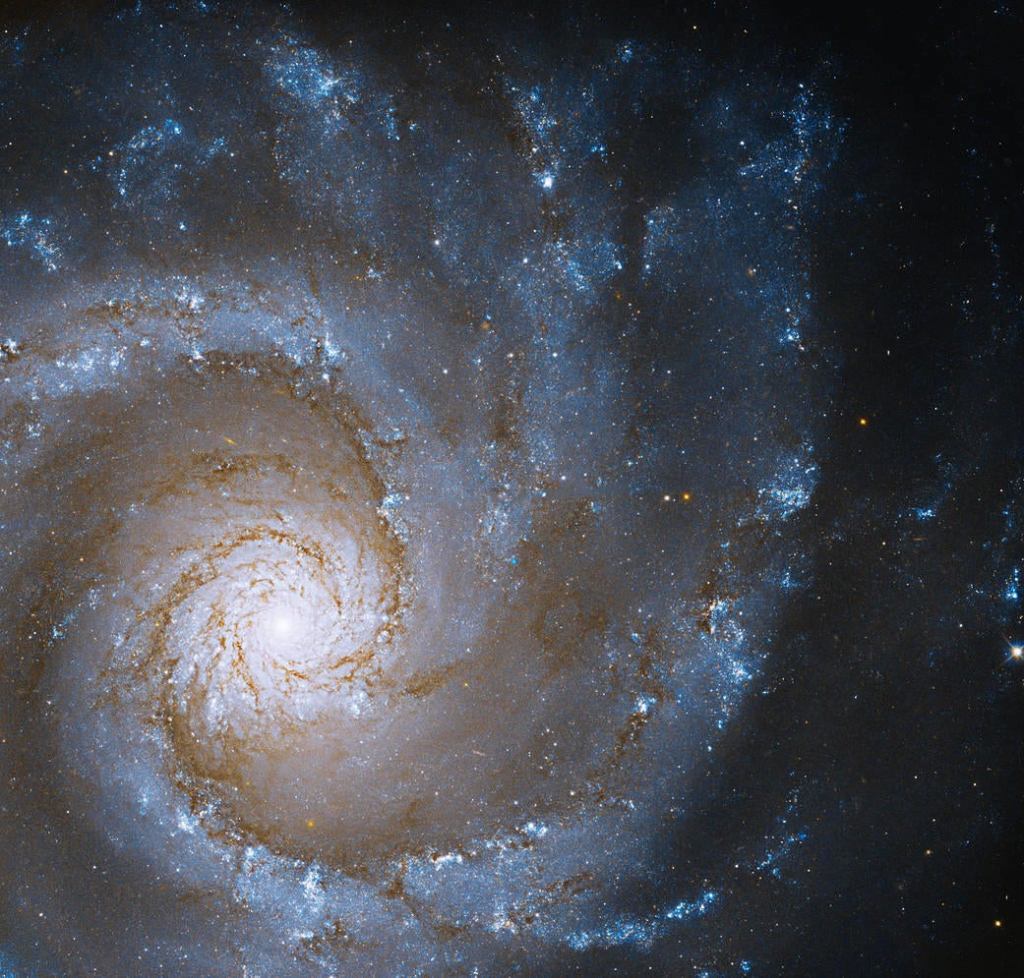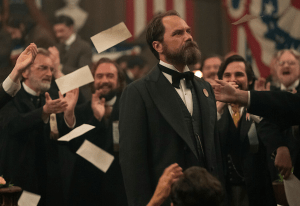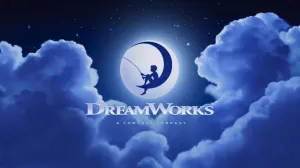NASA’s website and social media accounts are typically home to stellar images captured by the various instruments the agency uses on a daily basis. Over the weekend, another stunning snapshot was added to the repertoire, with NASA sharing an image of a spiral galaxy the Hubble Space Telescope recently took a picture of.
Videos by ComicBook.com
The spiral galaxy in question is NGC 3631, located some 53 million light-years away from Earth somewhere in the direction of the Ursa Major constellation. The picture includes a brilliant array of colors with blues and oranges lining the galaxy’s center and the many arms that make up its spiral.

“Close inspection of NGC 3631’s grand spiral arms reveals dark dust lanes and bright star-forming regions along the inner part of the spiral arms,” NASA wrote in a statement accompanying the picture. “Star formation in spirals is similar to a traffic jam on the interstate. Like cars on the highway, slower moving matter in the spiral’s disk creates a bottleneck, concentrating star-forming gas and dust along the inner part of their spiral arms. This traffic jam of matter can get so dense that it gravitationally collapses, creating new stars (here seen in bright blue-white).”
The Hubble Telescope will soon be joined by the James Webb Space Telescope, the most expensive project NASA has ever worked on. Scientists are finishing up commissioning work on the new telescope, and hope to get the first images from the new telescope out to the public this summer.
“More than 20 years ago, the Webb team set out to build the most powerful telescope that anyone has ever put in space and came up with an audacious optical design to meet demanding science goals,” said Thomas Zurbuchen, associate administrator for NASA’s Science Mission Directorate in Washington. “Today we can say that design is going to deliver.”
“In addition to enabling the incredible science that Webb will achieve, the teams that designed, built, tested, launched, and now operate this observatory have pioneered a new way to build space telescopes,” added Lee Feinberg, Webb optical telescope element manager at NASA’s Goddard Space Flight Center in Greenbelt, Maryland.








